Nature is amazing, multi-faceted and unpredictable. It creates the most incredible species of animals and plants – but the kingdom of minerals is also able to present a surprise to the researcher. The lithosphere opens up new and new phenomena, miracles and rarity to scientists. Mineral stones that have arisen as a result of complex chemical and geological processes have an extremely strong energy potential. Ores and crystals are beautiful, fascinating, useful and healing – and they can also be dangerous. It is about such rocks and will tell you this article.How to recognize poisonous stones.
- How to recognize poisonous stones
- Galena - Toxic Symmetry
- Torbernite – Fascinating and Deadly Beauty
- Chalcanthite – Poison Hidden in Azure
- Stibnite – Poisonous Arrows
- Coloradoite – poison gold fever
- Hutchinsonite – toxin collection
- Asbestos – Deadly Needles
- Arsenopyrite – Fool’s gold
- Auripigment (Orpiment) – Destruction of Artists
How to recognize poisonous stones
There are thousands of different rocks, minerals, crystals and stones. Is it possible to distinguish among them those that pose a danger to humans? Fortunately, nature took care of it, providing its fatal creations with a bright, spectacular and attractive color. By the way, it is characteristic not only of non-living creatures – remember the blossom of the muchomor, immediately throwing in the eyes, or shouting the blossom of poisonous snakes, fish and molluscs. Yellow-black wasp outfit, scarlet shade of tropical frog skin, orange or azure spots on the abdomen of the spider, catchy tone of berries and leaves – all these signs warn of danger. And with animals this protective mechanism most often works – they will not eat insects or plants painted in this way.
Unfortunately, with stones it is becoming more and more difficult. Unusual self-color and want to take in hand and consider in all detail – but it can be a real threat to your health and well-being! Fortunately, there are not so many such crystals in Europe. Even in more exotic places their deposits try to identify and protect from visitors in time.
But still, knowing what toxic rocks look like will never be superfluous. Therefore, we have gathered here information about deadly, but at the same time delightful and incredible stones. All of them are very exotic and attractive due to their peculiar color – on it one cannot fail to pay attention. These data will be useful both for those who are passionate about the study of minerals, and those who just want to learn more about the world around them.
So, which natural stones can be dangerous to humans?
Galena - Toxic Symmetry
Galenite deposits are easy to recognize – they consist of placers of small glittering cubes, each face of which is clearly delineated and proportional to the other. And the steel, silver or bluish shade of the mineral immediately attracts the eye with its sparkling and shine. When you look at these crystals in the head there are associations with the style of «hai-tech», distant space and avant-garde statues. It seems incredible that nature was able to create such a symmetrical and proportionate creation!
But the beauty of – is not the only advantage of galenite. For a long time it was the only source of lead, and because of this the second name of the mineral – lead shine. To get this heavy metal, pieces of stone were simply thrown into the fire. This method was known to the Greeks, Phoenicians and Romans. And if you hit the crystal with a hammer, a large fragment will fly into many small ones, while maintaining a cubic structure. Such properties attract curious viewers who want to study the wonderful stones... but an unusual toy can be very dangerous.
It is known that people who have been in contact with galenitis often suffer from lung diseases – from shortness of breath to silicosis. The latter disease most often affects miners who extract lead ore – dust rising in mines, penetrates into the lungs, forming nodules on them. But even a simple touch to the mineral can lead to an exacerbation of asthma or a cough attack.
Torbernite – Fascinating and Deadly Beauty
This breed is named in part of its discoverer – chemist Torberna Bergman from Sweden. It occurs as a result of the interaction of water, copper, phosphorus and uranium. Such an unusual combination provides a rich dark olive color and an amazing structure of the mineral – its deposits (located in France, Czech Republic, FRN, England, Poland and the USA) look like placers of emerald prisms! It is not surprising that even experienced crystallographers want to touch green stones and consider them closer.
But to indulge such desires is extremely dangerous. Magic crystals are saturated with a gas called radon, as well as uranium. The latter is so much that these nuggets serve as a reliable indicator of uranium deposits for geologists. These substances, as well as their decay products, emit radioactive alpha particles that destroy living cells. This process occurs as follows: microscopic pieces of the mineral enter the body with inhaled air or water. Long-term contact with them almost always ends with the development of lung cancer, leukemia or other serious diseases.
An ordinary person is unlikely to get to carefully protected deposits of torbernite or inside the laboratories studying it. But this does not mean that you are completely protected from poisonous stones. They can be contained in one of the most popular building materials – natural granite. Therefore, choosing plates for finishing the house, avoid those that contain attractive green inclusions!
Chalcanthite – Poison Hidden in Azure
The name of this mineral comes from the ancient Greek words «halkos» – copper and «antos» – flower. And he deserves it. – is enough only to look at the fused together sparkling crystals, painted in an incredibly bright and saturated sky-blue, ultramarine or azure tone. This breed is also called copper sulfate, Galician blue stone and cyanosite, as its deposits are most often located next to copper deposits. In particular, they are located in the mines of Chile, Garza (Germany), Spain, Nizhny Tagil, Northern Urals and Transcaucasia.
It would seem that such beautiful self-flowers can threaten? But they are really extremely dangerous. To be sure of this, it is enough to look at the places where the industrial production of chalcanthite was carried out. Crystals dissolve very quickly in water, and then get into drinking and food. In such regions, the environmental situation is instantly deteriorating, most plants and animals are dying, and people suffer from anemia, atherosclerosis, dermatosis and muscle spasms.
But even more dangerous is direct contact with the stone – and because of its beauty, there are a lot of people who want to touch the amazing gem. Poisoning provokes an extremely high concentration of copper in chalcocite. Even just holding a shard in your hands, you get a huge dose of this substance that can disrupt the work of internal organs and lead to death! There are cases when scientists died, just licking this crystal (so it determines the salt content in the breed). Therefore, accidentally touching him, you must immediately wash your hands thoroughly.
Stibnite – Poisonous Arrows
Stibnite (also known as antimonite, or antimony shine) – is an unusual mineral consisting mainly of antimony sulfide. It may also contain minor impurities of gold, silver, copper and iron. But it is valued not because of this – this breed is the main source of antimony used in the production of semiconductors, weapons, bullets, matches and paints. And in ancient times it was used for the manufacture of vessels and even blackening of eyebrows!
This stone looks very beautiful. It resembles a bundle of sparkling steel swords – needle and prismatic crystals are collected in fan-shaped splices. Their surface is painted in lead-grey tone and casts a strong metallic sheen. The largest deposits of the mineral are located in Japan – there found fragments, reaching a length of up to 30 cm – as well as in China, Turkey and Central Asia.
Who discovered that beautiful stones are also very poisonous? According to the legend, this discovery was made by the rector of the monastery. Having noticed that pigs are fat from eating antimony, he decided to experience its effect on monks. To do this, the abbot began to mix the exhausted stibnite – into food, but all the people who tasted such dishes died in terrible torments. And modern mineralogists will not even touch the self-color without special protection. The antimony contained in it causes dermatitis, rhinitis, pneumonia, gastritis, conjunctivitis and can even cause cancer.
Coloradoite – poison gold fever
For the first time this mineral was found in the state of Colorado (USA) among magmatic breeds, because of which it got such a name. This unique breed is mercury telluride, often found near gold deposits. It even looks like a granular placer of tiny mercury balls, transfused with black and steel flowers with a rainbow tint.
Such nuggets were often taken for gold in the United States and Australia during the gold fever. They really contain a small amount of precious metal. But the danger posed by an unusual breed far exceeds the possible benefit. If you take it in your hands and warm it with the warmth of the human body, the mineral begins to release deadly steam –, the entry of its particles into the lungs and digestive tract can cause the development of tumors, ulcers and scars. A similar effect occurs, even if you simply place coloradoite under direct sunlight. Therefore, on hot days, any activity aimed at extracting this stone is suspended.
Hutchinsonite – toxin collection
Hutchinsonite was named after British explorer John Hutchinson. This mineral belongs to the sulfide group and is most often found in Western Europe. The color of its beautiful, oblong crystals varies from cherry red to yellow. On the background of the rock, they look throw and attractive – so and want to take the stones into their hands and consider it closer. But it is impossible to do it in any way!
Such an amazing tone of natural stones was obtained due to the high content of arsenic, lead and thallium. Each of these elements can cause poisoning and even death – and collected together, they completely turn into a deadly cocktail. But the most dangerous of them is not lead or arsenic, but thallium – heavy and extremely highly toxic metal. It affects the nervous system, kidneys, stomach, and leads to hair loss. And to cause a fatal outcome, only 0.6 grams of this substance is enough.
Asbestos – Deadly Needles
This mineral, whose deposits are located in Brazil, Italy, Canada, South Africa and Russia, is actively used in industry and construction. This is quite permissible because unlike the stones described above, silicon dioxide, which consists of asbestos, is not poisonous, chemically inert, does not dissolve in water and is resistant to high temperatures. What's the danger?
The matter in the structure of the crystal itself. It is made up of billions of tiny needles that are easily disconnected from the main stone, and then transferred along with gusts of wind. When the weather is dry, such a suspension is no different from the dust – and it is also easy to breathe. But, getting into the respiratory tract, it has a devastating effect on their delicate tissue – damages the alveoli, leaves scars and ulcers. Such processes can lead to bronchitis, asbestosis (changes in the structure of the lungs), as well as cause such an oncological disease as mesothelioma.
Therefore, asbestos mining should be carried out with special precautions. However, scientific research has shown that its fibers are found in the lungs even in those people who live far from the workings. This is due to the processes of natural weathering.
Arsenopyrite – Fool’s gold
The name arsenopyrite comes from the Latin word «arsenicum», translated meaning «myshyak». Therefore, arsenic is extremely dangerous, because this poison is still considered one of the most deadly. The stone also contains fine gold – the reason for the attractive shine that transfuses the prismatic nugget. It was this feature that often became the reason that inexperienced miners took the breed for a bar of noble metal... and eventually noted a sharp deterioration of well-being.
But it is most dangerous to heat this stone. When the temperature rises, it releases toxic and carcinogenic vapors – their inhalation can lead to death in minutes. Fortunately, there is an unmistakable sign that allows you to recognize a dangerous mineral in time. This is a sharp garlic stench that is released when the crystal is damaged. It is possible to feel it, even simply hitting a fragment of the rock with a hammer – sprinkled sparks will be accompanied by a characteristic «aromat». However, with this smell sometimes associated with the magical value of stones – after all garlic scares vampires!
Arsenopyrite is widespread enough, often found in rocks of quartz and fluorites. In Ukraine, its deposits are in the Transcarpathian, Ivano-Frankivsk (Chivchinsk mountains), Krivorozhskaya and Donetsk regions.
Auripigment (Orpiment) – Destruction of Artists
The name of the stone comes from lat. «aurum» – gold and «tegmentum» – paint. Its deposits are available in Georgia, Armenia, Yakutia, Greece, Romania, Turkey and the United States. Amazing gold, yellow, saffron and orange crystals, resembling a curved brush, look very exotic and tempting, but their shine is detrimental, because the cause of this color is carcinogenic and neurotoxic arsenic. There are cases when even a simple touch was enough to poison a person. In addition, the rock includes sulfur – because of this mineral deposit is often located near hydrothermal springs.
But, despite the formidable reputation, auripigment was actively used in industry. In particular, it was very popular in China. Grinding into powder, gold crystals were used to make persistent and non-flowering paint, although it cost the lives of many talented artists. In the Middle Ages, many icons were written with such a pigment, which was called the «royal yellow». Also from the mineral made poison, which lubricated the tips of copies and arrows.

















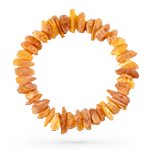
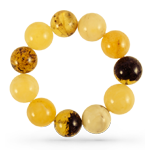
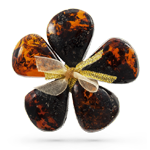

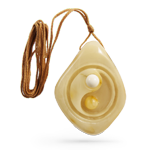
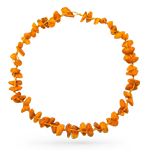
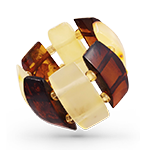
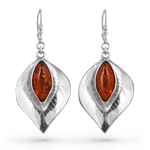
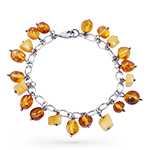
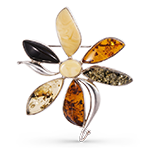
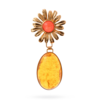
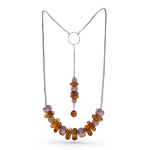
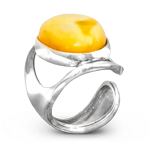
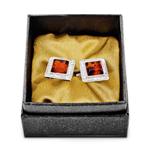

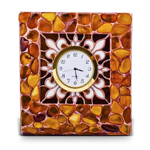
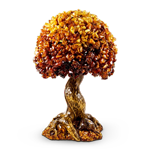
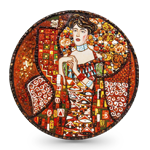

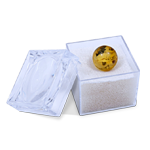
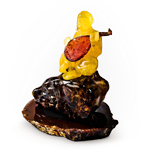
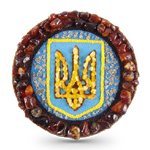

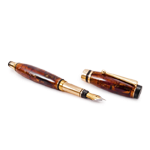
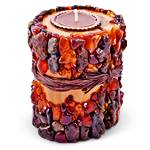
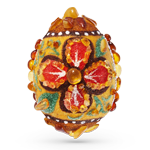


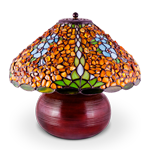



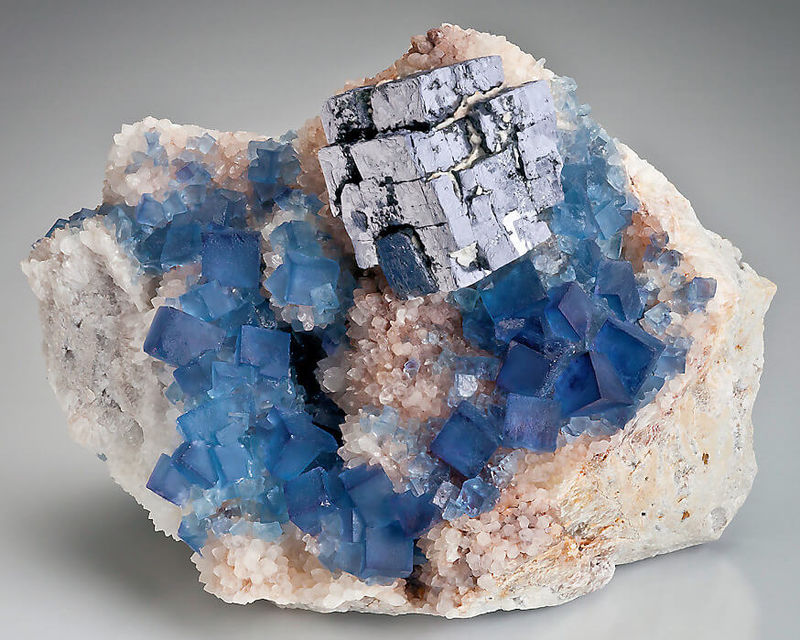
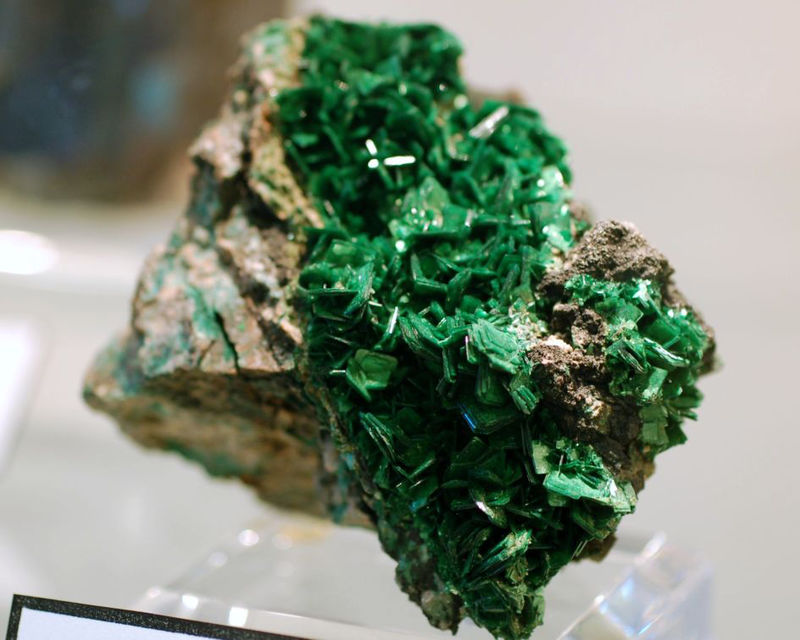
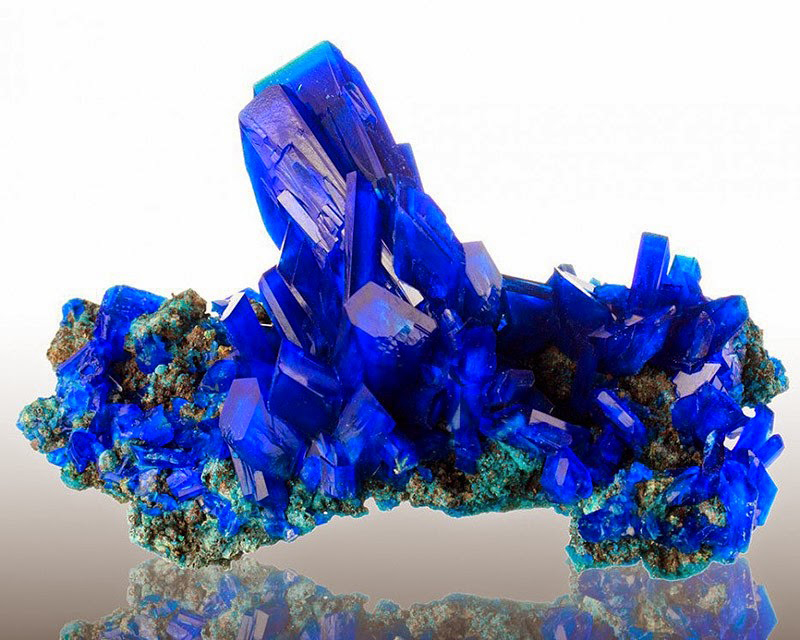
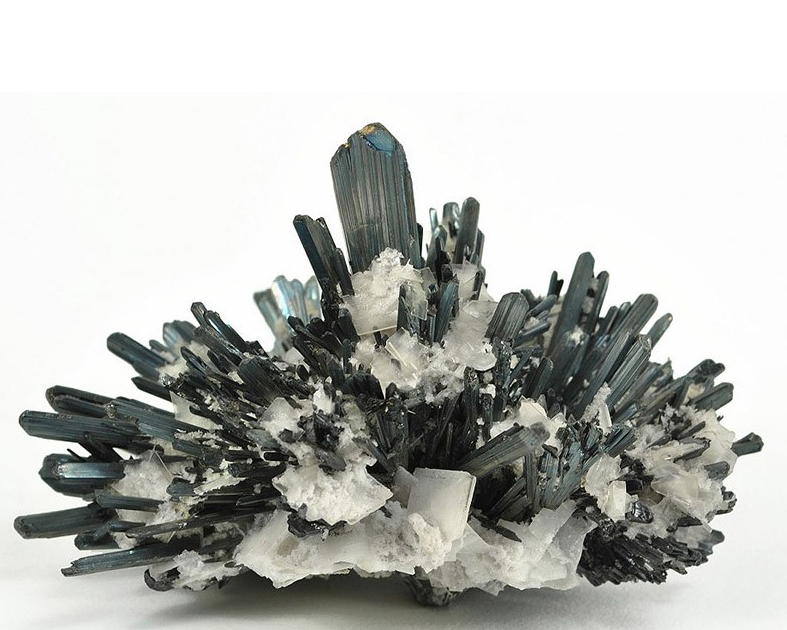
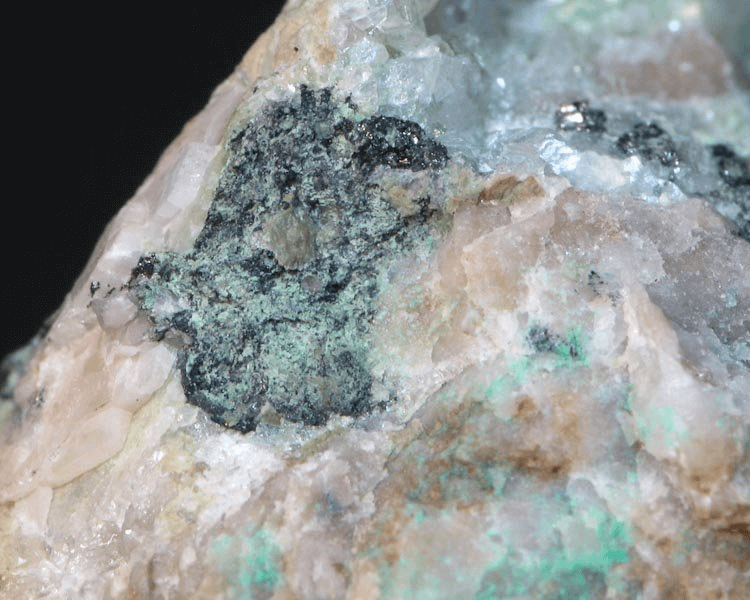
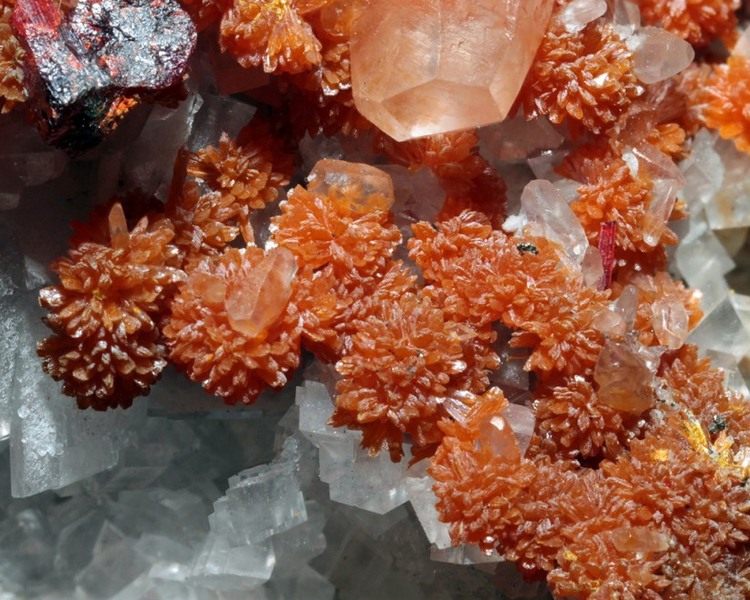
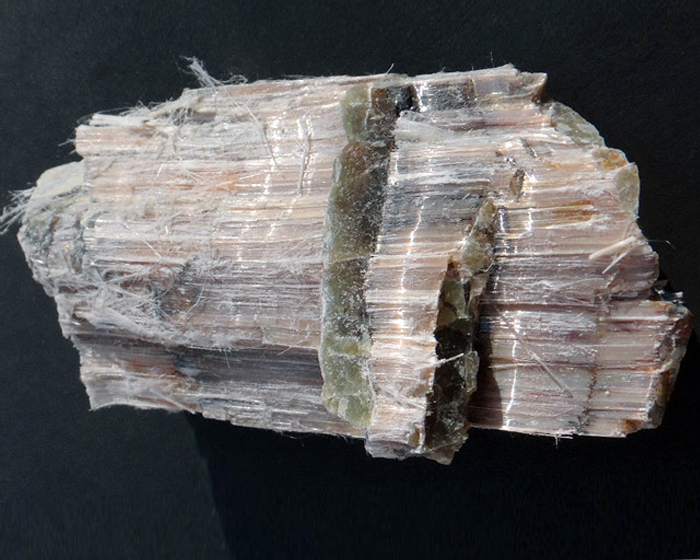
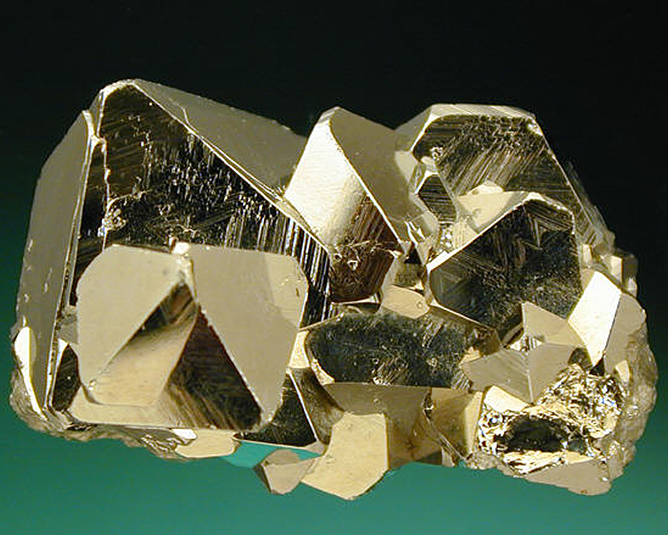
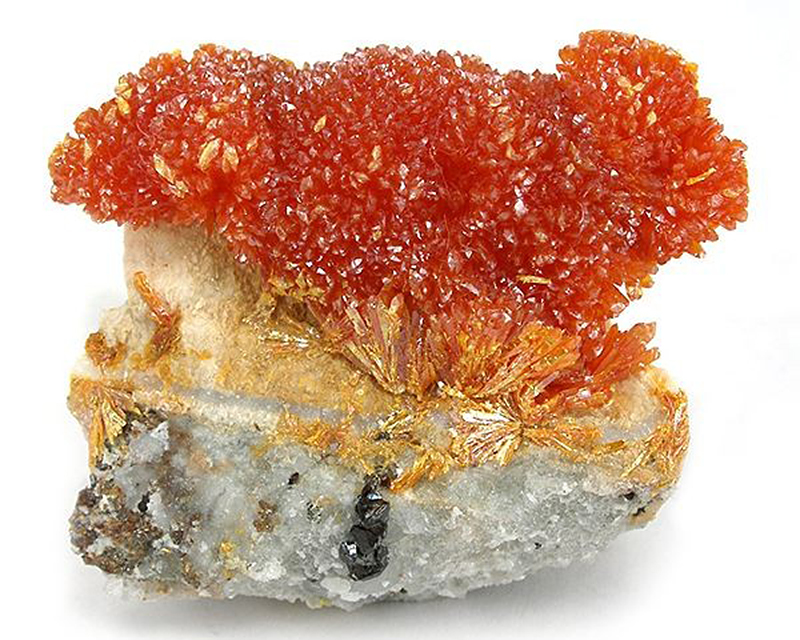




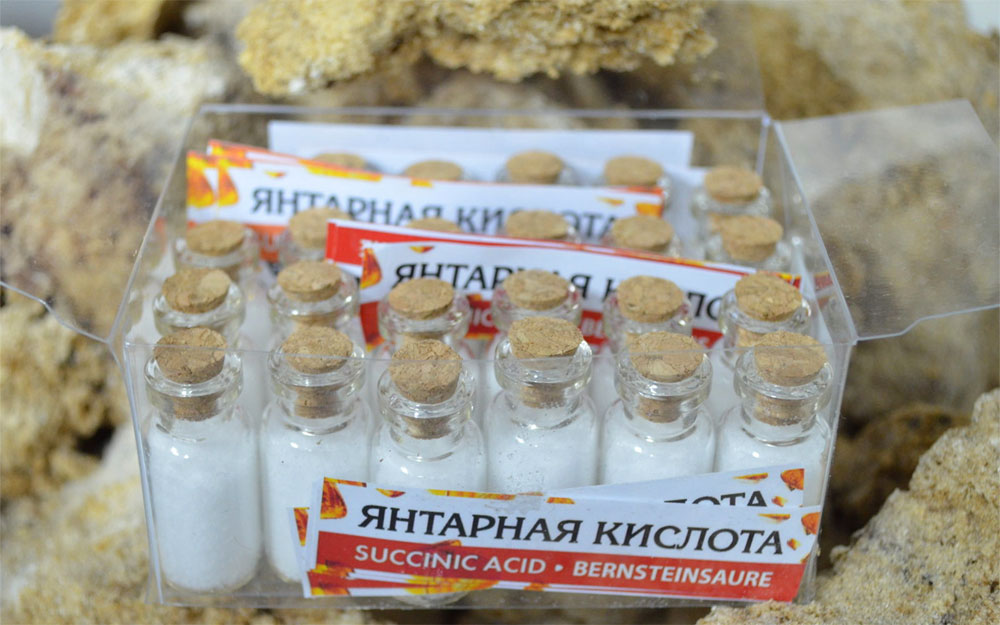


Спасибо за Ваш голос